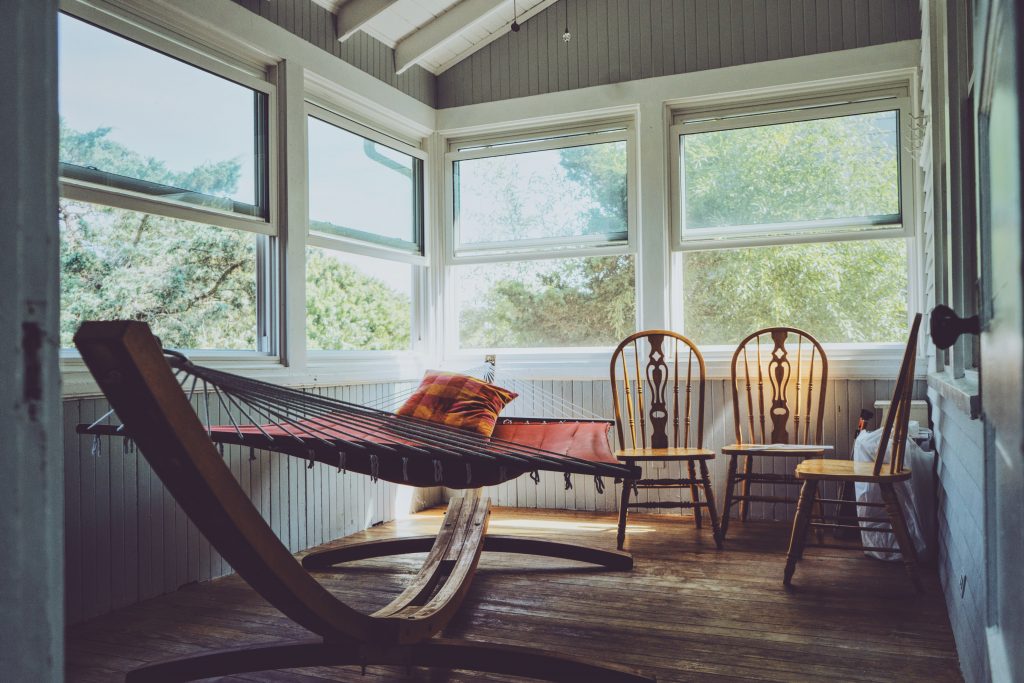You’re dreaming of finally enjoying a peaceful country abode, far away from neighbourhood noise. Or perhaps you’re keen to begin that lifelong fantasy of a hobby farm or a regional B&B. Either way, approaching lenders for a rustic loan can be a tricky affair compared to buying in the suburbs, so ensure you consider the following.
Rustic dream = Lender’s caution
It can be notoriously hard to have a rural home loan approved. Even small hobby farms and basic lifestyle changes are considered high risk compared to standard suburban houses within easy reach of the city. The latter enjoy high saleability while in comparison, droughts, bushfires, economic downturns and fluctuating land prices can all affect rural properties’ value and marketability. As well, many such homes, even those set within larger regional towns, can take months to sell. So, don’t be surprised if lenders are highly conservative and cautious when you approach them with your green dream.

Rural retreat or commercial income?
The first question lenders will ask you is whether you’re planning a lifestyle change or want to buy something large and commercial, such as a cattle station or orchard. If you say you’re up for the latter, they could be doubly cautious especially if you’re new to the livestock and crops game. They will probably advise you to apply for an agribusiness or commercial loan, which can also come with far higher interest rates. Even if you don’t intend to use a big property for commercial purposes, lenders may still place those above 100 hectares under a commercial heading. On the other side of the coin, hobby farms or primary residential properties are those not used for commercial income purposes or speculative investment. They can still be used for livestock such as chickens, horses, goats and cattle or to grow crops and vegetation but this can only be done for your own recreation and enjoyment. Saying this, some lenders might allow you to earn up to $20,000 in gross income from these on the side options.
Next question: land size
Crucial to your loan’s approval is the land size of your rural abode. At the end of the day, lenders will value the property only on this point. They won’t take into consideration any assets such as working milking machinery, commercial orchards, livestock, crops or tourism-style accommodation. Again, be prepared for banks to be cautious about big blocks you plan to use for commercial farming. Any property stretching across more than 200 hectares will raise eyebrows, to say the least, with lenders far preferring places under 10 hectares. Smaller places will often be treated as similar to the average residential loan with applications for such properties more likely to receive the tick of approval. Your required deposit will often depend on your land size as well. For example, for land up to 50 hectares, you may only need a 5 per cent deposit; but for larger sizes, lenders may require 20-30 per cent security.
Other points to consider
Lenders could request several other issues you might not have thought about. Firstly, your future farm should be easily accessible with dirt roads still needing to always be well maintained. It should have reliable utilities such as electricity, water and sewage, even if you decide to enjoy a self-sustaining abode. Also, consider the property’s area zone and postcode. To be classed as a hobby farm – and to apply for a rural home loan, rather than a commercial one – it will need to be officially zoned as rural, rural residential or the equivalent, depending on which state you live in. The lender you talk to could also have postcode restrictions for rural home loans, which your property may not meet. Finally, rustic living and its attendant loan can often come with higher insurance rates. As with all loans, you stand a good chance of lenders endorsing your application if you can prove a strong, stable rate of income, employment and assets. Happy tree changing to you!

